
On September 5, 2019, "The Black Cat Detective" a cartoon that is also a childhood memory and a household name in China, came to the public life after news of director Dai Tielang’s death spread across Chinese social media. The legendary cartoonist passed away due to illness at the age of 89. The discussions of "Black Cat Detective" soon become viral across the web.
Before the stories of Disney princesses became widespread around the globe, native Chinese cartoons were the main knowledge source in early education for children in China. For people born in the 80s and 90s, these cartoons not only made them laugh, but also awakened their curiosity for natural science.
Among these cartoons, "The Black Cat Detective" (1984) and "Haier Brothers" (1995) were two of the most iconic works that encouraged the spread of popular science among Chinese children. Here are two of the stories from these two cartoons.
The Black Cat Detective – The Mantis Who Eats Her Husband
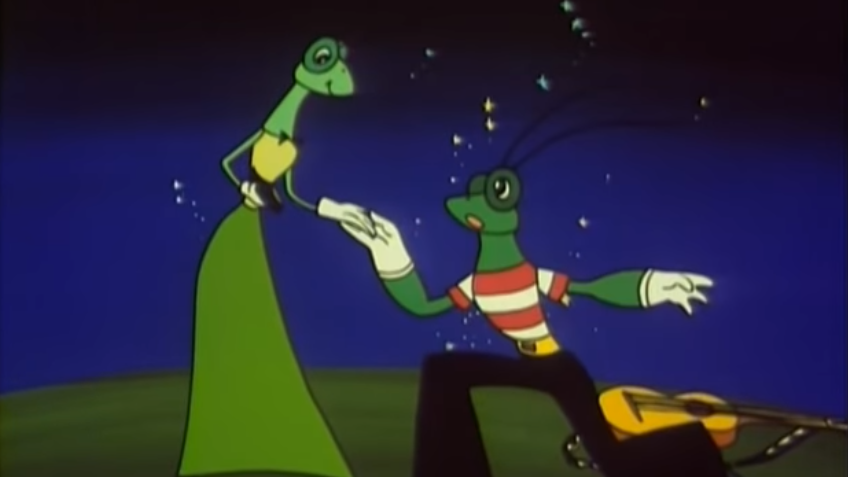
Screenshot of the mantis couple from "The Black Cat Detective."
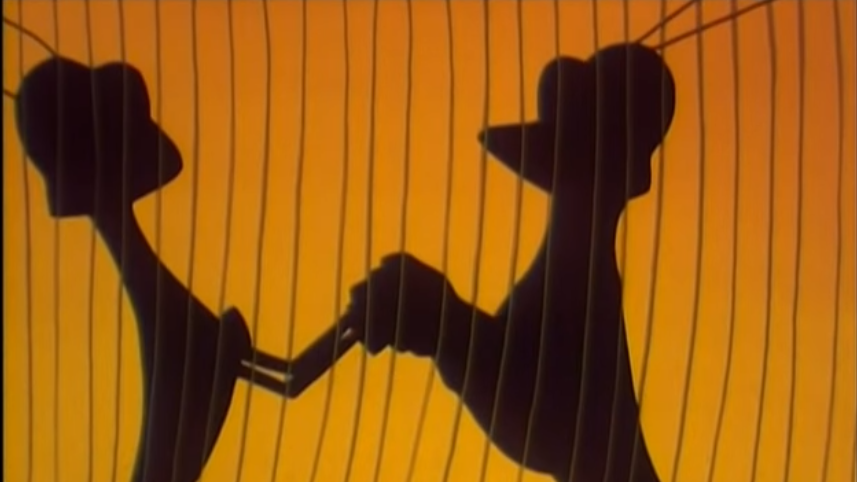
Screenshot of the mantis couple on their wedding night from "The Black Cat Detective."
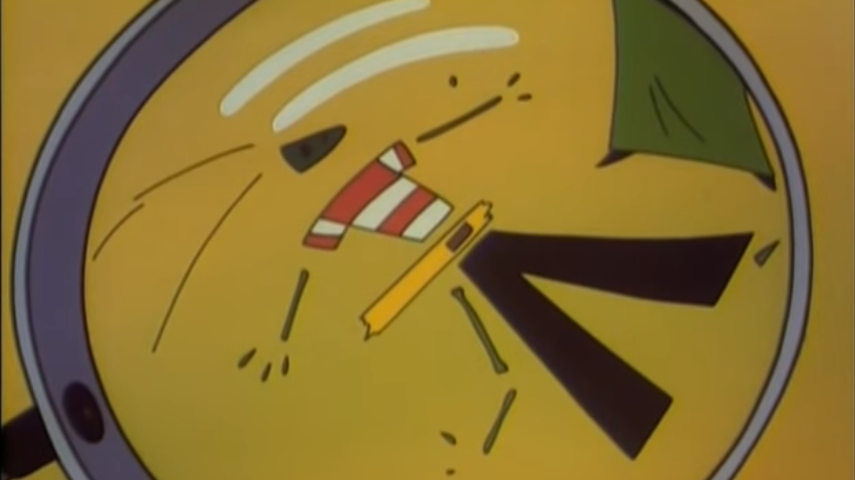
Screenshot of the remains of the mantis husband from "The Black Cat Detective."
This 16-minute episode of the series is one of the most memorable episodes. The story develops around the peculiar death of the husband of a newlywed mantis couple. As the investigation goes on, the black cat detective finds out that the "murderer" is the mantis wife. The mystery unfolds when the wife tells her story.
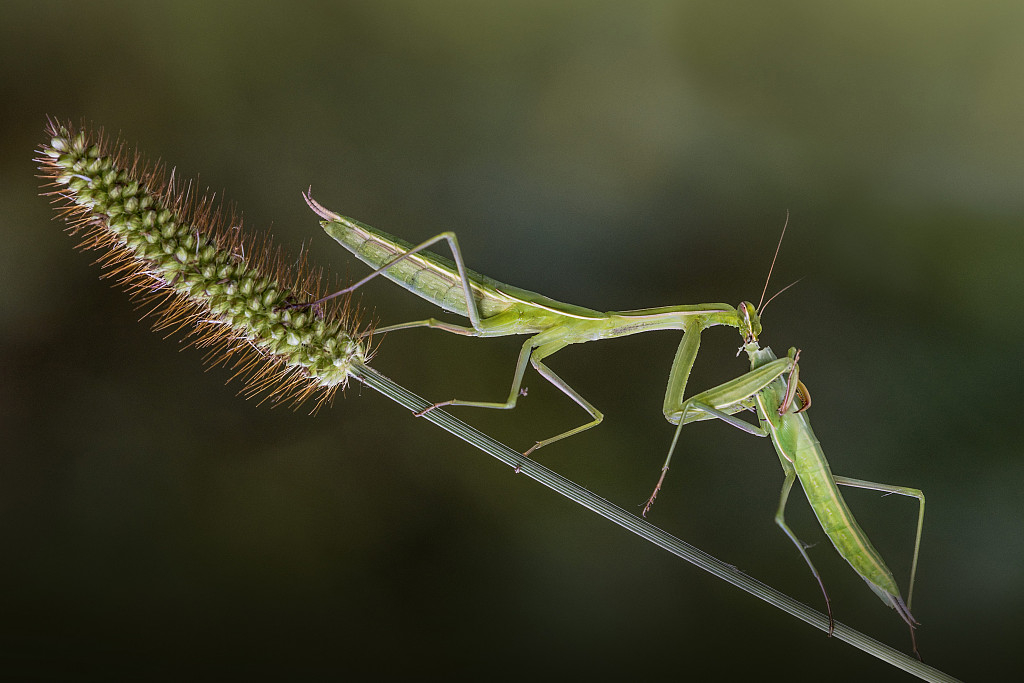
A female mantis devours her mate. /VCG Photo
It is a common behavior in the mantis mating process for the female to eat the male alive for nourishment. Only in this way, can the female have enough strength and energy to reproduce. This heart-breaking mantis love story was represented in a relatively simple and romantic way in the cartoon, but the fact triggered interest in nature for the young audiences at the time when it was screened.
Haier Brothers – Glacier Crisis
The Haier brothers, together with their companions, were on a adventure in the glacier. On their journey, they encountered moving glaciers. The exaggerated movement of the glacier crushed to a village but everyone managed to escape the icy disaster.
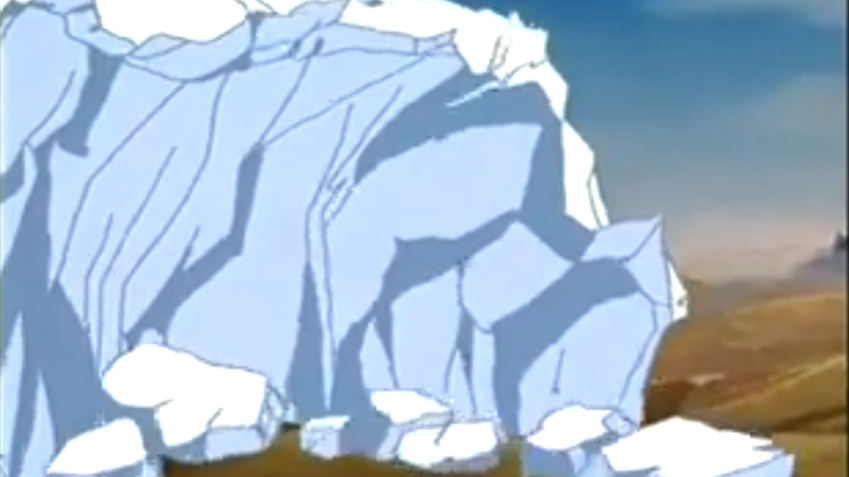
Screenshot of the glaciers in "Haier Brothers."
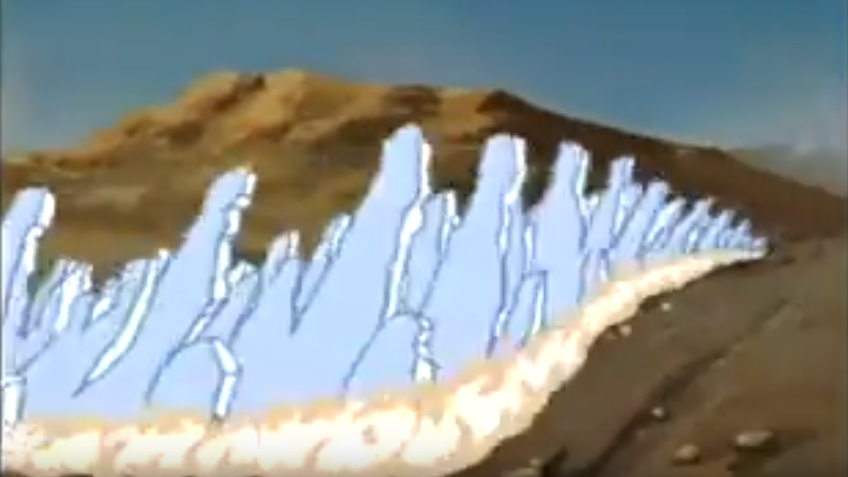
Screenshot of the moving glaciers in "Haier Brothers."

Screenshot of the glaciers crushing the village in "Haier Brothers."
Although the fast-paced movement of the glacier was somewhat exaggerated since glaciers move at a slow speed, the Haier brothers did make it clear that glaciers, also known as "rivers of ice," only move about a couple hundred meters per year in response to gravity.
Now, we know that the fastest moving glacier is in Greenland rushes forward around 12.6 kilometers per year.

Moving glaciers. /VCG Photo
These cartoons from the last century were not one hundred percent accurate when presenting scientific facts, but they worked as enlightening stories and sparked curiosity and interest in natural science. In this sense, they were amazing works that have inspired a least two generations of Chinese youth.
(If you want to contribute and have specific expertise, please contact us at nature@cgtn.com)

Copyright © 2018 CGTN. Beijing ICP prepared NO.16065310-3
Copyright © 2018 CGTN. Beijing ICP prepared NO.16065310-3